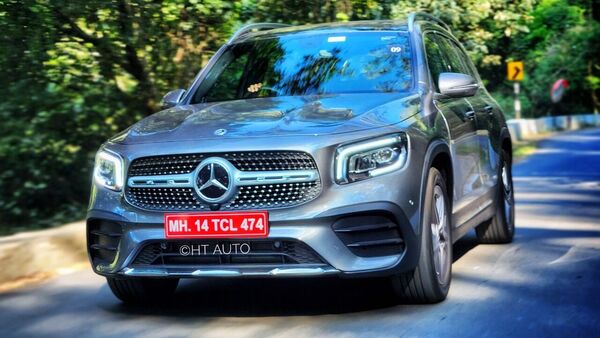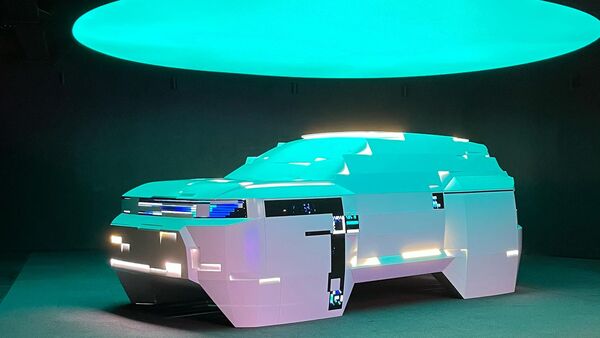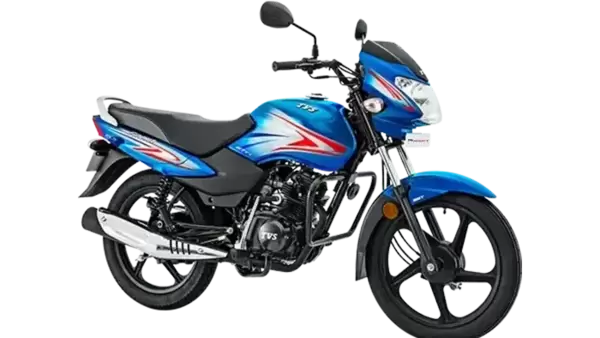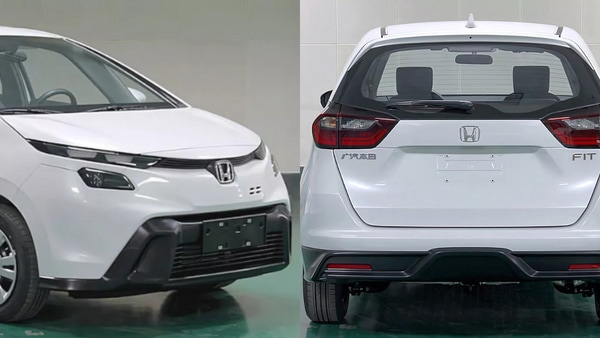
How Ratan Tata took Tata Motors from the Indica, Nano era to Jaguar Land Rover
6 months ago | 5 Views
Ratan Tata, veteran industrialist and Chairman Emeritus of the Tata Group passed away on October 9, 2024, following age-related health conditions. He was 86. The country not only mourns the loss of an industrialist but of a visionary leader who built the Tata Group into a global behemoth, a maker of everything from salt to automobiles. One of the crown jewels of the Tata Group is its automotive business, Tata Motors, which under Ratan Tata’s vision started as a truck maker, only to transform into a global automotive giant.
From Telco to Tata Motors
Tata Motors, then Telco, started as a truck maker in collaboration with Mercedes-Benz in 1945 but its foray into the passenger vehicle business wouldn’t take place until 1991 when the Tata Sierra was launched. Passionate about cars and flying, it shouldn’t come as a surprise that Ratan Tata took a keen interest in the automotive business. He led the group between 1991 to 2012, which were also the most crucial years for Tata Motors in terms of finding its feet.

The automaker went on to launch models like the Estate (1992), Sumo (1994) and Safari (1998), but its biggest bet in the mass-market segment was the Indica, a dream close to Ratan Tata, which would’ve paved the way for the company into a global auto giant. The Indica arrived to poor reception, almost wiping off any future aspirations for Tata Motors.
From failure of the Tata Indica to acquiring JLR
Here’s when Ratan Tata and his team considered selling off the passenger vehicle arm with American auto giant Ford being one of the main contenders for acquiring the business. A meeting with Ford executives in Detroit, US, in 1999, didn’t go as planned with the executives ridiculing Ratan Tata for his failing business. Ratan Tata decided to not pursue the deal further and instead reworked the company strategy to keep Tata Motors afloat.
The next few years saw Tata Motors rework its products, engines, marketing and sales, to turnaround the Indica’s fortunes. Sales finally picked up doing much better than in previous years even if they weren’t a close rival to the industry leader Maruti Suzuki. In hindsight, the Indica was far from a failure with its origins still living on in the form of the current Nexon, which is based on the Indica's X1 platform.

Karma, as one could call it, returned nine years later favouring a much cash-rich Tata Motors this time. In 2008 when Ford was going through financial turmoil and selling its assets including its luxury arm Jaguar Land Rover, the tables turned and Mr Tata found the opportunity to acquire the British automaker from Ford for $2.5 billion.
This wasn’t the only global deal pursued by the Tata Group. Under Ratan Tata’s stewardship, the company acquired Dutch steel maker Corus and Tetley Tea between 2000 and 2007. The deals not only catapulted Tata Motors into an international player but also cemented the group's global aspirations.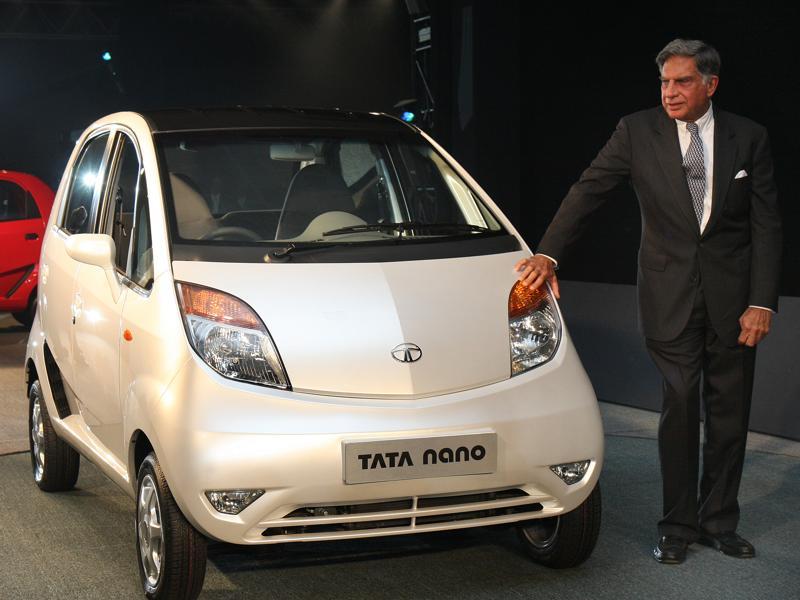
The Tata Nano Project
But the project that was both the Tata Group’s biggest ambition and biggest embarrassment was the Nano. First unveiled in 2008, the Tata Nano was ideated after Ratan Tata aimed to provide an engineering solution to small families ‘risking their lives on a two-wheeler. What started as a much safer two-wheeler, transformed into the most affordable car of its time. The Tata Nano was termed the ‘ ₹1 lakh’ car aimed to bring the dream of owning a car to the masses. Ratan Tata oversaw the complete project and was deeply involved in its execution. While the cost structure was a challenge itself, it paved the way for a robust engineering and design team thinking out of the box to maximise potential at the lowest cost. At the end of the Nano project, Tata had 31 design and 37 technology patents filed.
But the Tata Nano didn’t turn out to be the success story it was destined for with initial issues surrounding fires damaging the vehicle’s reputation severely. The dream soon turned into an uphill sales exercise with fewer takers for what was a marketing dud often regarded as the “poor man’s" car, a tag it wasn’t able to shake off. The Nano was an example of clever engineering, and the “less is more" philosophy but couldn’t break the mould of what a family car should be.
Ratan Tata didn’t just envision the Nano as a cost-cut vehicle, it was supposed to adapt to newer technologies including the CNG, electric and more. Today’s Tata Electric Mobility owes its origins to the shelved Nano Electric project, an idea much ahead of its time. While the Nano was eventually phased out and the massive Sanand facility repurposed to build new cars, there’s no denying that the small car brought attention to India and its automotive engineering capabilities, which is evident from the 6.72 lakh passenger vehicle exports in FY2024.
Ratan Tata built Tata Motors into the super successful automotive giant it is today with products ruling multiple segments. However, what the corporate icon will be remembered for isn’t just his sharp business acumen but also his humility which made even the fiercest rivals respect him for the man he was. He was a risk taker, quite often betting against what seemed impossible. India lost its true ratan (gem) with the demise of Mr Tata, they don’t make men like him anymore.
Read Also: Ola S1 electric scooters get discounts up to ₹25,000 under 3-day offer rush
HOW DID YOU LIKE THIS ARTICLE? CHOOSE YOUR EMOTICON !


